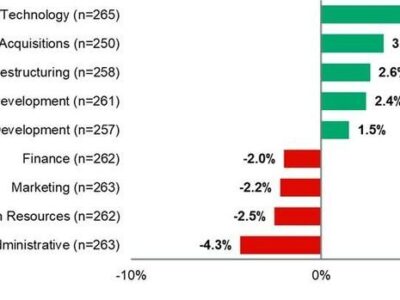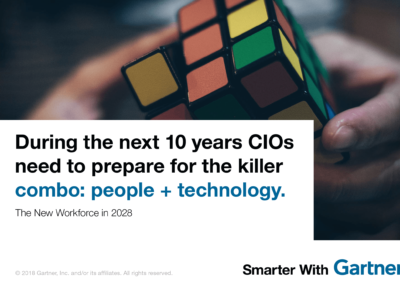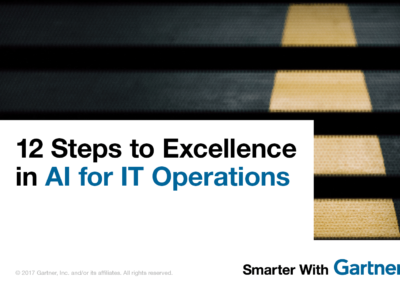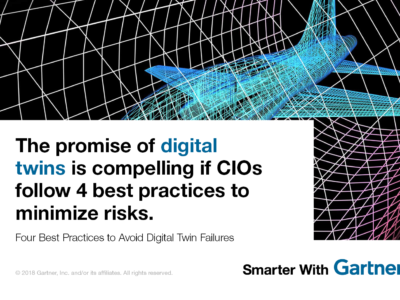CIOs and IT leaders will drive significant competitive advantages with this integration.
The rising interest in the Internet of Things (IoT) and digital business transformation means that new opportunities will emerge and associated risks will need to be mitigated. Doing so will involve high levels of cooperation between IT and the groups managing the operational technology (OT) monitoring or controlling the physical devices and processes in the enterprise.
“As more companies work toward IT/OT alignment, the CIO and the IT organization will be at the forefront of fostering relationships and changing the culture of the organization,” said Kristian Steenstrup, distinguished analyst and Gartner Fellow. “This will require a hybrid of traditional IT and OT skills and development of new intellectual property, while experience external to the company will be tapped into to assist with cross-topic education.”
Mr. Steenstrup said that the rapid adoption of IoT-enabled complex machines — and their use with OT platforms — will enable the use of “digital twins” to manage, monitor and maintain machines.
The digital twin is a high-integrity simulation of a machine’s physical assets driven by data that can be collected to help manufacturers evaluate equipment field performance. One of the leading use cases for connecting complex machines and their OT systems to an IT environment is the capture of telematics data from vehicles to monitor operator performance, deterioration and failure, location and safety compliance, and remote monitoring systems for scheduling and asset utilization.
Gartner predicts that by 2020, 50 percent of OT service providers will create key partnerships with IT-centric providers for IoT offerings.
As the infrastructure of the IoT extends and enhances OT platforms, the ability to actively monitor the field performance of complex machines and their subcomponents will attain a critical mass. In so doing, the benefits of scaling effects will shift from owner-operators to manufacturers. As a result, Gartner predicts that by 2020, digital twins for industrial equipment will drive 25 percent reallocation of end-user spend from “procure and maintain” to “service” models provided by manufacturers.
A digital twin capability, together with advanced analytics and the ability to represent the object within the business value chain, will reduce uncertainty and deliver a guaranteed outcome, enabling manufacturers to identify additional opportunities to deliver value.
A Gartner survey found that organizations are keen to integrate IoT and IT technologies (such as sensors, data stewardship, security and analytics) into OT systems. However, IoT deployment is still in the early stages, and most organizations don’t yet have the skills, expertise or time to drive the IT/OT alignment requirements.
It’s clear that enterprises will need to seek external service providers with proven OT service portfolios. Gartner predicts that by 2020, 50 percent of OT service providers will create key partnerships with IT-centric providers for IoT offerings.
Industrial IoT development offers a host of benefits, including better accuracy, more and better sensors, and cost savings. For industrial and asset-intensive companies (such as manufacturing, energy, oil and gas, and transportation), OT forms the operating platform of the organization. OT-related service providers that have been supporting asset-intensive industries for many years, and have solid operational expertise and strong relationships within the business units, are already starting to extend their professional services capabilities to cover the integration of IoT.
Get Smarter
Client Research
Gartner clients can read more in the full report, “Predicts 2017: IT and OT Convergence Will Create New Challenges and Opportunities.”
Gartner Event
These topics will be discussed at the Gartner IT Operations Strategies & Solutions Summit 2017, taking place May 8-10 in Orlando, and at the Gartner IT Infrastructure & Operations Management Summit 2017, June 12-13, in Frankfurt, Germany. Follow news and updates from these events on Twitter using #GartnerIOM.
Source: gartner.com/smarterwithgartner










